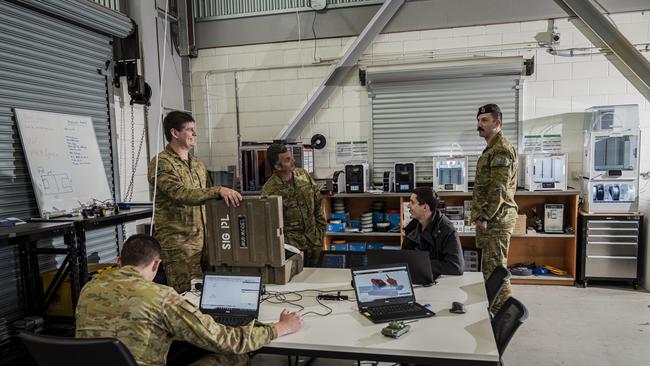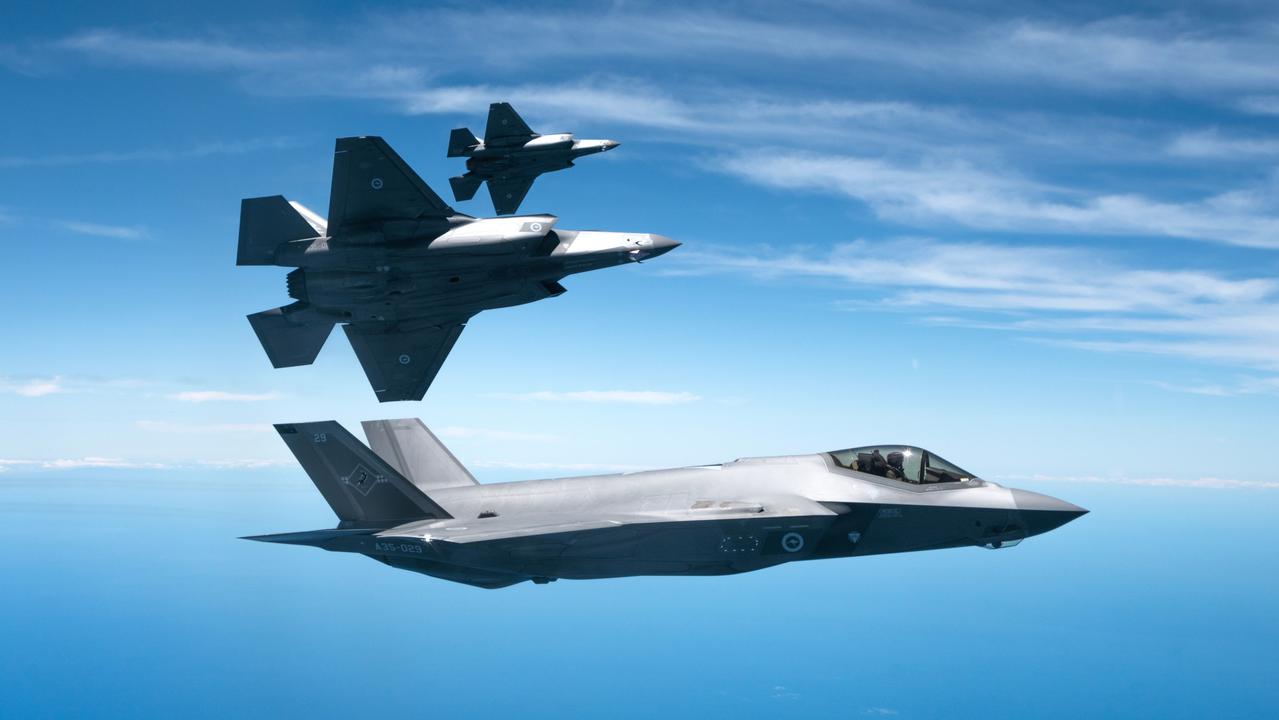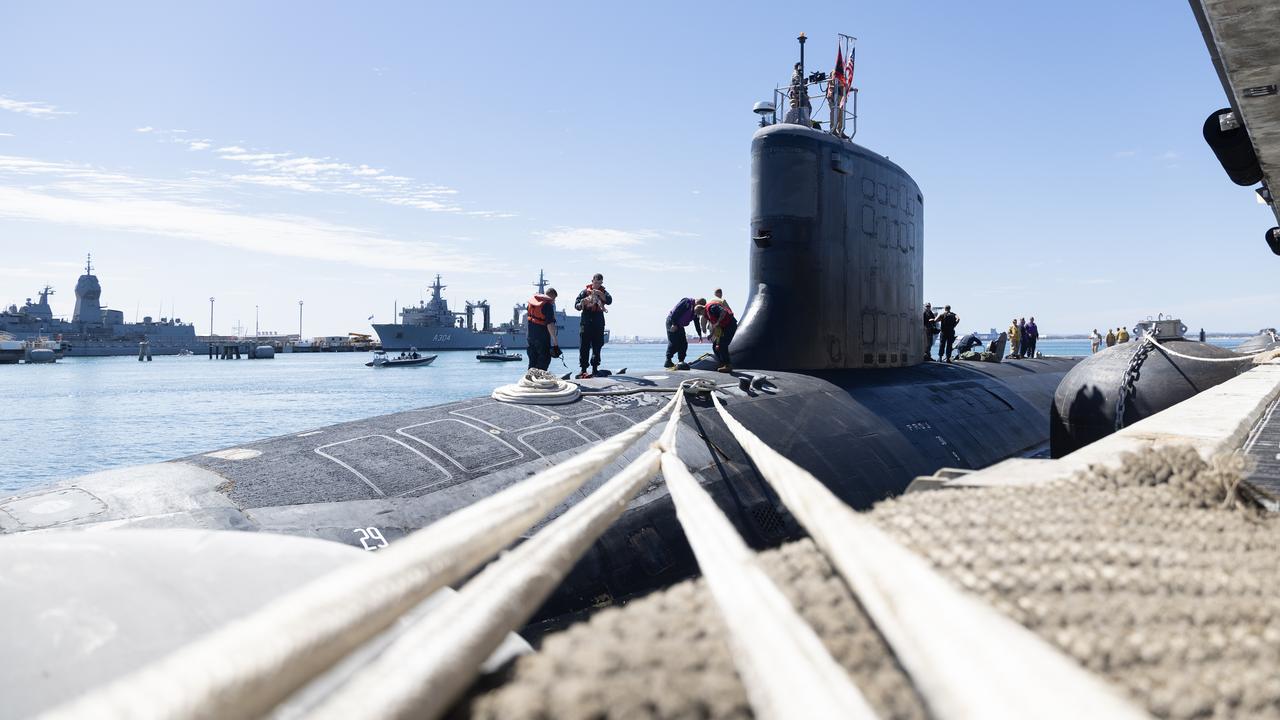Future-proofing the Australian Army
QinetiQ Australia is partnered with the Australian Army and Defence Science and Technology Group (DSTG) to foster innovation and better prepare the service to meet future operational challenges.

QinetiQ Australia is partnered with the Australian Army and Defence Science and Technology Group (DSTG) across a range of programs with one feature in common: they are all designed to foster innovation and better prepare the service to meet future operational challenges.
In this regard, some of QinetiQ’s key roles in the diverse program set include the identification of army’s requirements and priorities, the amplification of ideas, and fostering innovation.
One of these partnerships has been ongoing since July 2021 to provide army personnel – from privates to brigadiers – with the necessary tools and training to foster innovation.
The army MakerSpace program is delivered by QinetiQ at nine sites across the country and is on track to have 20,000 Army members sign in this year alone.
“The army has set up MakerSpace to provide all army members with the opportunity to take a journey of design thinking, solving problems and being comfortable to innovate in a highly technical battle space,” says MakerSpace and Innovation Program Manager Jasmine Kastaniotis.
“We deliver that training through formal education centred around design thinking, agile project management, and lean innovation. We couple that formal education with exposure to emerging technology and learning by making.”
QinetiQ delivers the design thinking element on behalf of Victoria’s Deakin University, and is partnered with other leading-edge trainers such as Axis Agile, responsible for the Scrum agile training methodology.
The company has also recently rolled out MakerSpace training across army cadet units and is exploring the idea of training ADF veterans to support their transition to industry.
“The end result is a professional military force that is highly equipped in emerging technologies to operate in a complex battlespace and one that is ready to solve army’s problems,” Kastaniotis adds.
QinetiQ is also a world-leader in high-energy laser systems and is partnered with the DSTG to co-develop a state-of-the-art defensive laser system that is capable of being deployed in a wide range of operational environments.
“DSTG saw the opportunity to accelerate the development of their sovereign technology by transitioning it to a commercial company like QinetiQ; and then combining it with areas of our technology in order to develop a future laser-directed energy weapon,” said QinetiQ’s campaign director, advanced capabilities, Russell Maddalena.
“They saw us as the perfect collaboration partner to develop a sovereign capability through integration of their technology and our technology and to accelerate that sovereign capability moving forward,” he said.
The contract was announced in April 2023 and will result in the completion of a technology demonstrator at the end of the first quarter of 2025.
“We’ve started the journey with DSTG and the services to take the next step towards an operational capability. Our priority is to deliver the current contract but we’re looking forward to accelerating the next phase,” Maddalena said.
Weapons systems such as high-energy lasers consume large amounts of electrical power, as do many of the military Command and Control (C2) systems now in service around the world, even items such as the Computer Tomography (CT) systems in field hospitals are a major drain on these resources.
QinetiQ is also working in partnership with the army to reduce risk in this regard, with the aim of reliably monitoring and controlling electrical systems to ensure that there is no loss of capability, while driving fuel consumption down by up to 50 per cent.
The focus of the work is QinetiQ’s Deployable Adaptive Smart Grid (DASG) system.
“DASG manages generators, loads, energy storage and external connections to reduce fuel consumption, maximise grid resilience and maintain power quality. All of this is achieved with minimal user intervention,” said QinetiQ capability manager, power and energy Colin Cockroft.
“We conducted an energy monitoring and analysis project on a divisional headquarters. At the time, the headquarters was using five or six generators across two grids,” he said.
“A smart grid system like DASG could reduce that to two generators and a battery system. So potentially they deploy less equipment, they run it less, they burn less diesel, and potentially need (fewer) skilled people to set up and run it, because it’s an adaptive, plug and play kind of system. That was the impetus for the concept and building of DASG.”
Cockroft said the company was also able to deliver a “staged” introduction to service if the capability was required by army sooner.
“We’re now looking at designs for a minimum viable capability in the form of a node that will fit into existing distribution systems,” he said. “This will give soldiers visibility of their electrical loads, total generator capacity and generator status including fuel levels. The information (can) be accessed remotely … and will give technicians the information they need to manually manage their generators with confidence.
“We can build on that node to turn it into a grid, then introduce storage and automation. I think the opportunity is here now for Australia to be a world leader in this kind of technology.”


